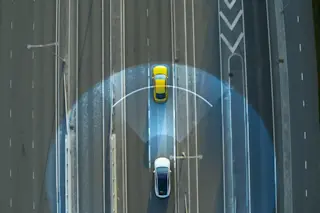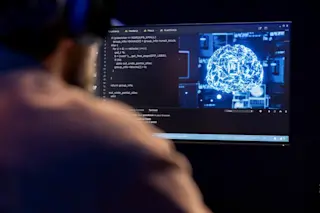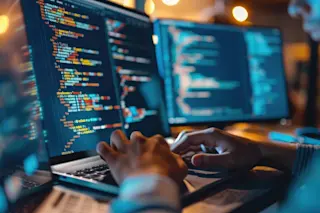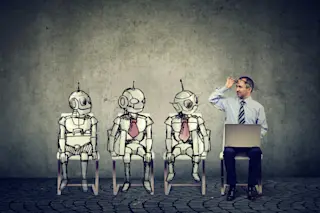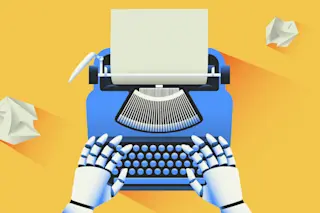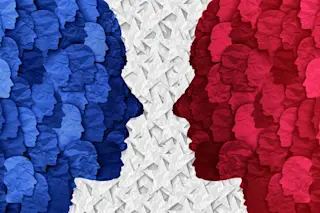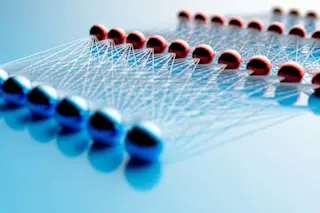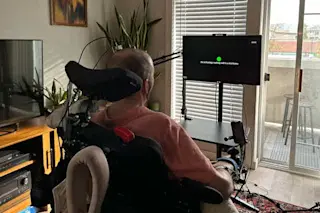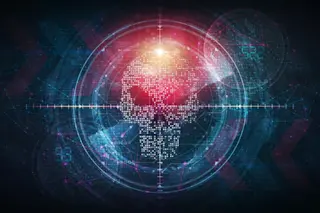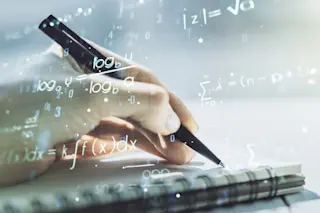Viruses are a mysterious and poorly understood force in microbial ecosystems. Researchers know they can infect, kill and manipulate human and bacterial cells in nearly every environment, from the oceans to your gut. But scientists don’t yet have a full picture of how viruses affect their surrounding environments in large part because of their extraordinary diversity and ability to rapidly evolve.
Communities of microbes are difficult to study in a laboratory setting. Many microbes are challenging to cultivate, and their natural environment has many more features influencing their success or failure than scientists can replicate in a lab.
So systems biologists like me often sequence all the DNA present in a sample – for example, a fecal sample from a patient – separate out the viral DNA sequences, then annotate the sections of the viral genome that code for proteins. These notes on the location, structure and other features of ...



